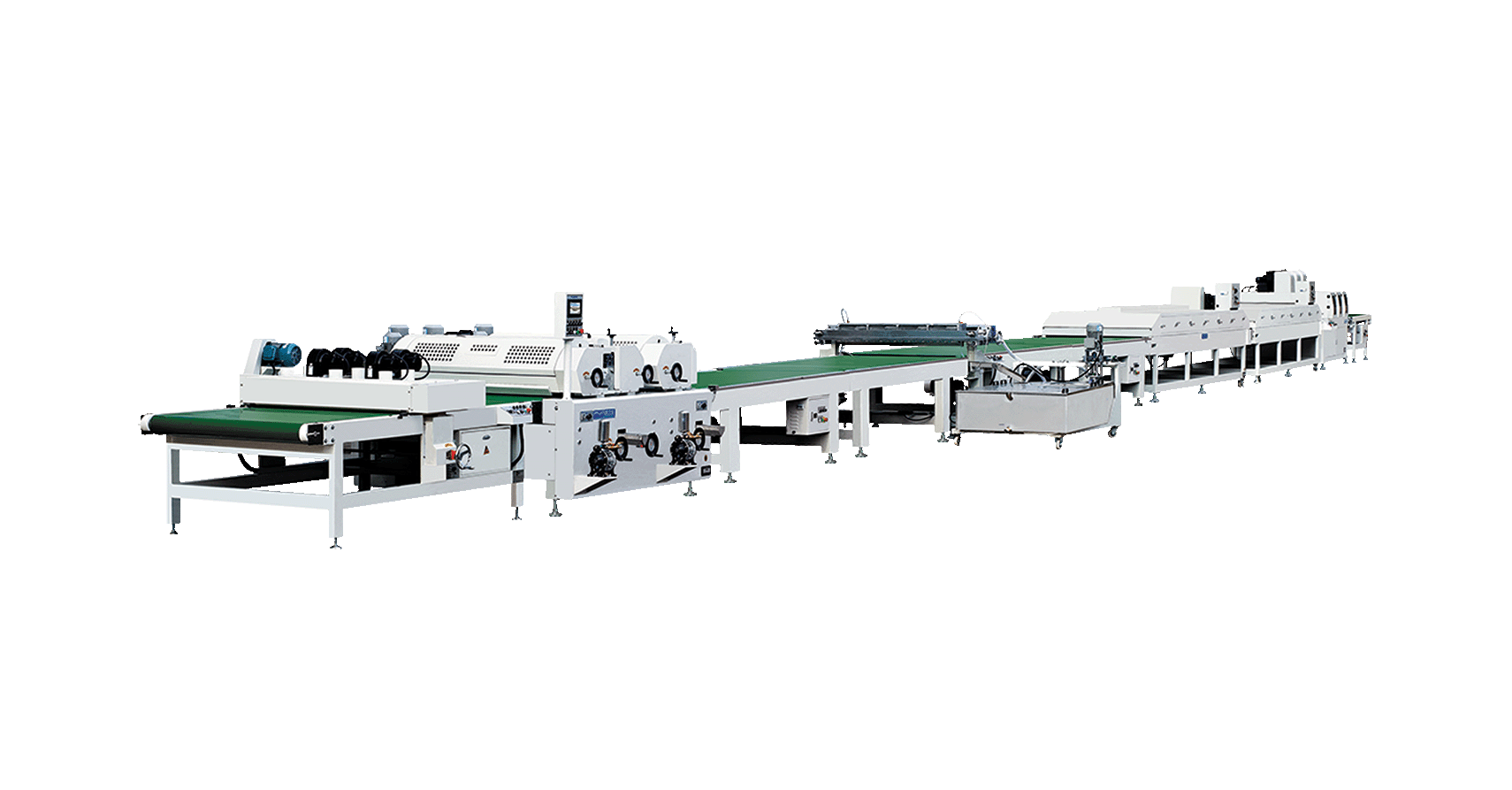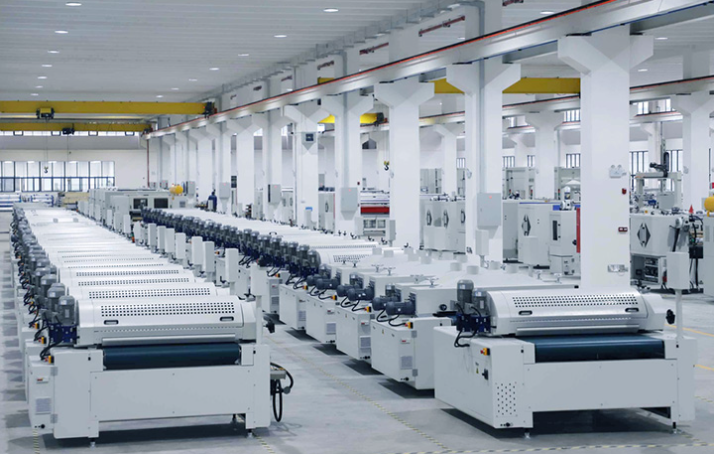Global Surface Finishing Market Analysis and Development Trends
 April 25, 2025
April 25, 2025 Hits:142second
Hits:142secondSurface finishing, a critical process across multiple manufacturing sectors, plays a vital role in enhancing product durability, aesthetic appeal, and resistance to corrosion and wear. As the demand for high-performance and visually appealing components increases, so does the global surface finishing market. From automotive and electronics to aerospace and medical devices, industries worldwide are investing in advanced finishing technologies to gain a competitive edge.
Market Overview
The global surface finishing market has witnessed steady growth over the past decade. According to industry reports, the market size was valued at over USD 85 billion in 2023 and is expected to reach approximately USD 115 billion by 2030, growing at a compound annual growth rate (CAGR) of around 4.2%. This growth is fueled by rising industrialization, increasing demand for consumer electronics, growing automotive production, and stricter quality and environmental standards.
Surface finishing encompasses a wide range of processes, including electroplating, anodizing, polishing, powder coating, painting, and sandblasting. These processes are applied to a variety of materials such as metals, plastics, composites, and ceramics, offering functional and decorative benefits.
Key Market Drivers
1. Industrial Expansion and Urbanization
Rapid industrialization, particularly in emerging economies such as China, India, Brazil, and Southeast Asia, has significantly boosted demand for surface finishing services. The construction of infrastructure, transportation systems, and manufacturing hubs has expanded the market scope.
2. Growth in Automotive and Aerospace Sectors
Surface finishing is crucial in producing components that can withstand harsh environmental conditions, especially in automotive and aerospace industries. The need for lightweight, corrosion-resistant parts and visually appealing finishes is driving investments in advanced coating and treatment technologies.
3. Consumer Electronics Demand
With the surge in production of smartphones, tablets, laptops, and wearables, manufacturers seek premium finishes that are both durable and sleek. PVD (Physical Vapor Deposition) coatings, nano-coatings, and laser texturing are increasingly adopted to meet consumer expectations.
4. Environmental and Regulatory Pressures
Stricter environmental regulations are pushing companies to adopt eco-friendly surface finishing technologies. For instance, traditional hexavalent chromium plating is being replaced with trivalent chromium and other less toxic alternatives. This shift is encouraging innovation and the development of sustainable solutions.
Market Segmentation
The global surface finishing market can be segmented by:
Process Type: Electroplating, anodizing, powder coating, painting, polishing, thermal spraying, etc.
Material Type: Metal, plastic, composite, glass, and others.
Application: Automotive, aerospace, electronics, construction, medical devices, and consumer goods.
Region: North America, Europe, Asia-Pacific, Latin America, and Middle East & Africa.
Asia-Pacific holds the largest market share due to the region’s robust manufacturing base, particularly in China and India. North America and Europe follow, driven by technological innovations and stringent environmental policies.
Emerging Trends
1. Automation and Smart Finishing Systems
The integration of automation and smart manufacturing technologies such as AI, IoT, and robotics into surface finishing processes is gaining traction. Automated spray booths, robotic polishing arms, and real-time quality monitoring systems are improving efficiency and consistency.
2. Eco-Friendly Technologies
The shift toward sustainability has given rise to water-based coatings, powder coatings, and VOC-free solutions. Additionally, research into bio-based finishing agents and closed-loop systems is being encouraged by both governments and end-users.
3. Nanotechnology in Surface Finishing
Nano-coatings are increasingly being used for their superior resistance to scratches, chemicals, and UV radiation. These coatings are ideal for electronics, automotive surfaces, and medical equipment.
4. Customization and Aesthetics
Consumers are demanding more personalized and high-end finishes. This trend is leading to the rise of textured coatings, multi-color anodizing, and decorative plating, especially in the luxury automotive and electronics markets.
5. Hybrid Coating Systems
Combining multiple surface treatments in one process, such as PVD with electroplating or anodizing with sealing, offers enhanced performance. Hybrid technologies are enabling multi-functional surfaces that combine aesthetics, protection, and electrical conductivity.
Challenges in the Market
Despite strong growth prospects, the surface finishing industry faces several challenges:
Environmental Compliance Costs: Meeting environmental standards often requires significant investment in waste treatment and emission control systems.
Raw Material Price Volatility: Fluctuations in the prices of metals like zinc, nickel, and chrome impact profit margins.
Health and Safety Risks: Certain processes involve hazardous chemicals and fumes, posing risks to workers and requiring stringent safety measures.
Skill Shortages: The adoption of advanced technologies demands skilled technicians and engineers, which are in short supply in many regions.
Future Outlook
The future of the surface finishing market looks promising, driven by continued innovation, sustainability initiatives, and technological integration. Key areas of development include:
Advanced Simulation and Modeling: Software tools are helping engineers design and simulate finishing processes before actual implementation.
Recycling and Circular Economy: Waste reduction, recovery of plating metals, and reuse of finishing chemicals are becoming integral to future strategies.
Expansion into New Materials: As industries adopt advanced composites and 3D-printed parts, new finishing methods are being developed to cater to these materials.
The global surface finishing market is on a robust growth trajectory, powered by industrial demand, innovation, and sustainability efforts. As manufacturers strive for superior product performance and compliance with environmental regulations, the role of advanced surface finishing technologies will only become more vital. Companies that invest in automation, eco-friendly processes, and skilled workforce development are poised to lead the next phase of evolution in this dynamic and essential industry.














